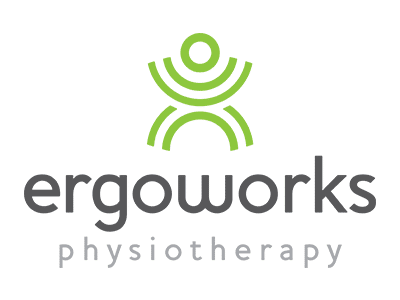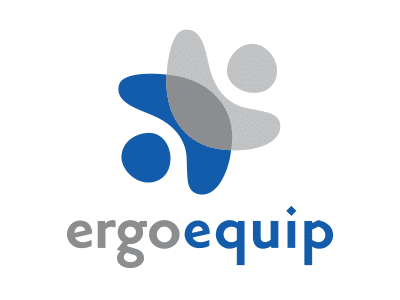What is hybrid work and why do employees want it?

The workplace has seen a profound transformation in recent years. The rise of hybrid work, often catalyzed by the events of 2020, has redefined how and where work happens. Hybrid work combines elements of remote work and in-office work, allowing employees to choose their preferred location for specific tasks.
The Importance of Understanding Employee Preferences
In this new era of work, understanding employee preferences is paramount. By catering to the needs and desires of the workforce, organizations can create a more engaging and productive work environment. But what exactly is hybrid work, and what are its pros and cons?
Hybrid work is a flexible working model that blends in-office work with remote work options. It’s the convergence of traditional and remote work environments. This model has gained popularity due to its potential to offer employees greater work-life balance and flexibility.
Pros and Cons of the Hybrid Work Model
Pros:
Flexibility: Employees can choose where they work, which can enhance work-life balance.
Cost Savings: Reduced commuting expenses and office space requirements.
Talent Acquisition: Attracting a broader talent pool from different locations.
Cons:
Communication Challenges: Remote work may lead to communication issues.
Security Concerns: Handling sensitive data from various locations can be challenging.
Maintaining Company Culture: Ensuring employees stay connected and engaged.
Ergonomic Assessment in Hybrid Workspaces
Understanding Ergo Assessment and Its Relevance
Ergonomic assessment, or ergo assessment, is the process of evaluating a workspace to ensure it’s designed to support the health and well-being of employees. In the context of hybrid work, ergonomics is crucial. Employees work from various locations, and their workspaces must be comfortable and conducive to productivity.
The Impact of Ergonomics on Employee Well-being:
Ergonomics plays a significant role in maintaining employee health and well-being. It can prevent injuries, reduce discomfort, and increase job satisfaction. Proper ergonomics can also enhance productivity and reduce healthcare costs.
Preparing for the Future of Work
Discussing the Long-term Relevance of Hybrid Work
Hybrid work isn’t just a trend; it’s a long-term shift in how we work. This working model is here to stay, and organizations need to prepare for the future by adapting to it.
Addressing Technological Changes and Trends in Work Flexibility
Technological advancements are continually reshaping how we work. Preparing for the future means staying ahead of these trends, implementing the latest tools, and embracing new ways of working.
Employee Well-being and Productivity
Examining the Link Between Well-being and Productivity in Hybrid Work
Employee well-being is closely tied to productivity. In a hybrid work environment, maintaining well-being is critical. Strategies and tools are available to support employee health and motivation.
Hybrid work is the future of the workplace. Understanding employee preferences, implementing ergonomic solutions, and focusing on well-being and productivity are essential aspects of this new work paradigm. By adapting and embracing the changes, organizations can create a more engaging, healthier, and productive work environment.


